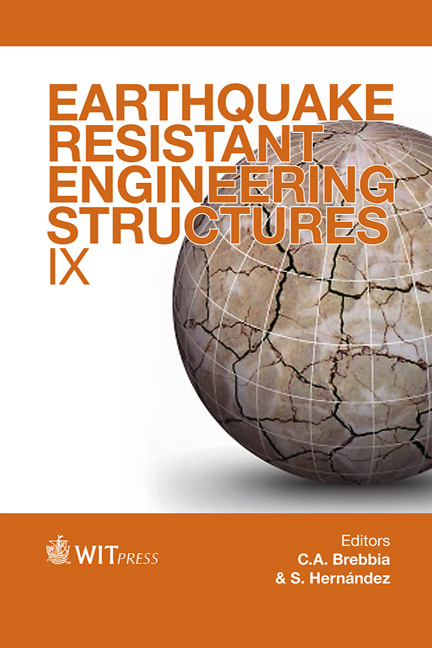Liquefaction Potential Evaluation At Catania Harbour (Italy)
Price
Free (open access)
Transaction
Volume
132
Pages
13
Page Range
69 - 81
Published
2013
Size
2,468 kb
Paper DOI
10.2495/ERES130061
Copyright
WIT Press
Author(s)
M. Maugeri & S. Grasso
Abstract
According to the frequency and the importance of the seismic effects suffered in past times, Eastern Sicily must be considered one of the highest seismic risk areas in Italy. The area to the south of Volcano Etna, on the east of the Ibleo- Maltese escarpment, known as Iblean Area, is therefore a seismogenic area. The harbour of the city of Catania, located on the eastern zone of Sicily, is an area subjected to high seismic hazards, as well as the whole city of Catania. The city of Catania in South-Eastern Sicily has been affected by several destructive earthquakes of about magnitude 7.0+ in past times; a repetition of events with similar characteristics would provide the additional risk of a damaging tsunami, as well as liquefaction phenomena around the coast. In situ investigations of sandy harbour soil were carried out in order to determine the soil profile and the geotechnical characteristics for the site under consideration, with special attention paid for the variation of shear modulus and damping with depth. Seismic Dilatometer Marchetti Tests (SDMT) have also been carried out, with the aim of evaluating the soil profile of shear wave velocity (Vs), as well as the profile of the horizontal stress index KD. Moreover, the following investigations in the laboratory were carried out on undisturbed samples: Resonant Column tests; Direct shear tests; and Triaxial tests. The available data obtained from the Seismic Dilatometer Marchetti Test results enabled us to evaluate the correct shear modulus profile. In addition, using some synthetic seismograms of historical scenario earthquakes at the bedrock, ground response analysis at the surface, in terms of time history and response spectra, has been performed by the 1-D non-linear code EERA. The results of the site response analyses have been used for the evaluation of liquefaction hazard of the investigated area.
Keywords





